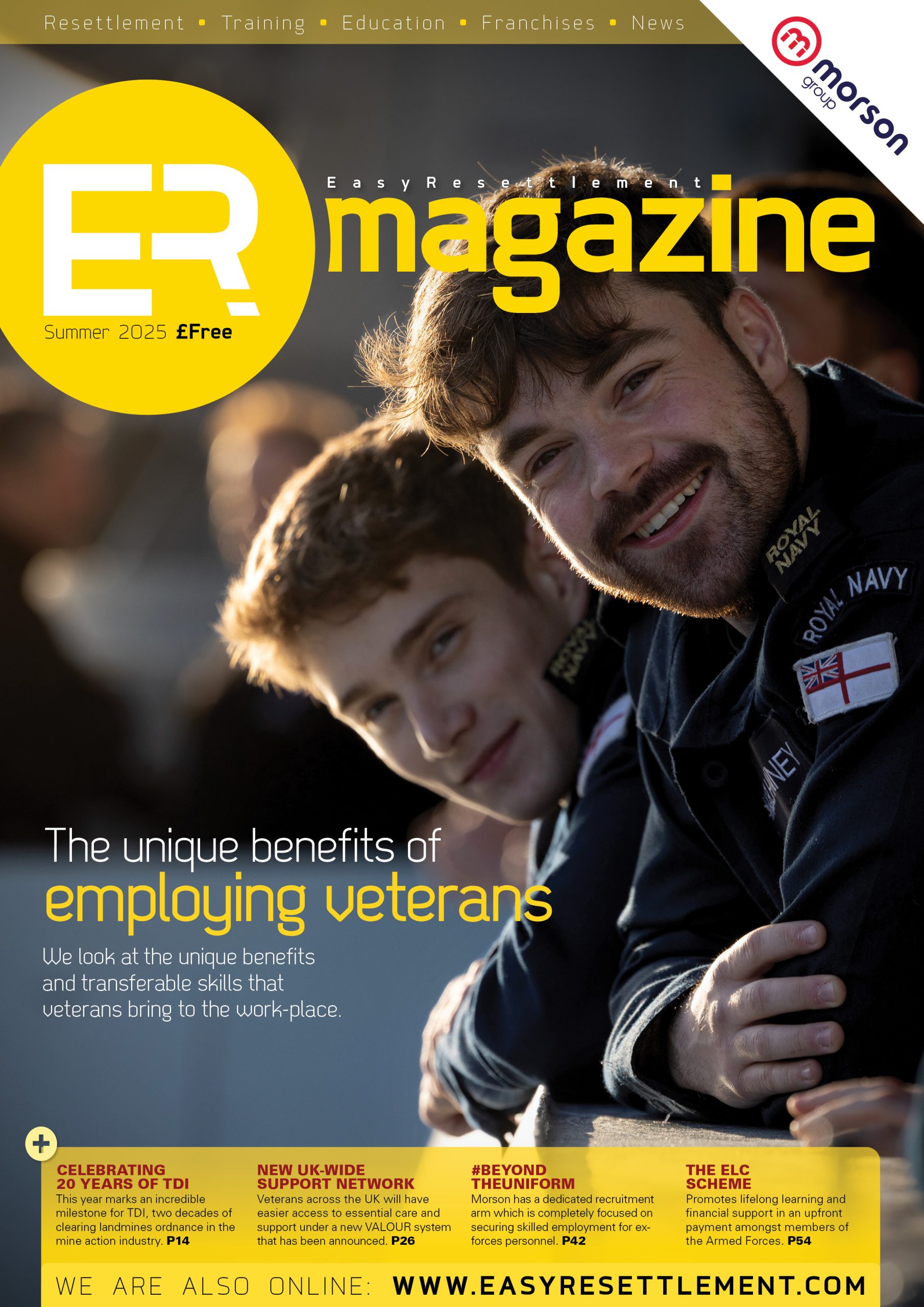3d printing for military applications
3D printing can be very versatile. In recent years the usage of 3D printing has grown with the market industry being valued at 13.7 billion USD.
The US Is the world’s biggest global consumer of 3D printers with the UK being the second. One of the many sectors that have adopted 3D printing is the military. The armed forces have recognised the potential of 3D printers and have been using them in the field. The US military have invested into research and development of using 3D printers and this investment is now paying off.
Printing the unmanufacturable
Versatility is another reason why 3D printers are quicker than traditional means of manufacturing parts. They require no specialist mould tooling, use only the material that is needed, and can produce complex multi component single prints which are impossible to produce using traditional manufacturing. 3D printers just produce the unmanufacturable one layer at a time!
Supply Chain benefits
3D printers use a digital .stl file of the CAD model to produce items and components, it is far easier, quicker and safer to send a file to a 3D printer and print a component at source than try and ship the component. This is even more beneficial when the part is needed in a remote or hazardous location. Printing at source can potentially save the lives of military personnel by removing the need to protect or establish supply chains through dangerous or hazardous areas.
3D Printing in space
NASA sent a 3D printer to the international space station in 2014. The printer enables NASA to send tools and part .stl files via internet connection to be printed on board rather than using conventional logistics or rocket science!! One of the first parts was a fully functional ratchet wrench which was printed as one piece.
3D printed Submarine
In July of 2020 the US military revealed their first 3D printed submarine hull. It was made in four weeks as opposed to the 5 months it would take to build one otherwise, and the proof-of-concept also cut production costs by 90%.
US rapidly deployable 3D print factory
Bringing the factory to the field is certainly one way to shorten your supply chain. Getting the factory there is another obstacle. Shipping containers are a logical idea that the US and other militaries are exploring. In February 2021, the US Department of Defence contracted metal 3D printer manufacturer ExOne to develop a 40-ft long portable additive manufacturing unit to be deployed on land and sea. The 3D printing pod will be housed inside a standard shipping container for easy transportation. The container is designed to be deployed in combat zones and disaster relief areas.
How is 3D printing saving money for the military?
Benjamin Leever, technical director at the Air Force Research Laboratory, said that the use of 3D printing can “save millions of dollars a year”. A good example of cost effectiveness is the manufacture of obsolete parts. The US military used 3D printers to produce parts for the Black Hawk helicopter, which has been around for over 41 years and was due to be decommissioned 15 years ago. The US military intend to keep them in service for another decade and use 3D printed parts to repair broken or obsolete components. This has also worked for the F-22 Raptor, the US Airforce’s most expensive fighter jet. Originally the jet had a small part in the cockpit which was made from aluminium and was replaced around 80% of the time during repairs. A 3D printed replacement for this part was printed with titanium and is expected to last longer than the original part. Robin Lewis, 574th Aircraft Maintenance director at Hill, predicts that 3D printers can reduce lead times for more complicated parts by up to 70-days and reduces aircraft downtime. Source: US Air Force Rapid Sustainment Office.
Why is 3D Printing perfect for military applications?
With the right training, 3D printers are easy to use and are very time efficient when it comes to making parts. Printers are versatile, scalable, and capable of printing in multiple materials. A good example of this is demonstrated by 3D printed buildings. Using a 3D printer from Icon, a US military unit built a bespoke concrete bunker large enough to house a HIMARS truck in just 36 hours. The printer produces walls by building up layers of concrete one on top of the other. With just a few hours of field training, the Marines were easily able to take over the operating of the machines and complete a print from start to finish. To produce different buildings or fortification sizes just requires a modified CAD file and the printer does the rest.
US Marines train in basic Computer Aided Design and 3D printing
The US Marine Corps is training Marines to use 3D printing, equipping them with the skills to quickly fix equipment malfunctions on the battlefield. In 2019, the MCSC began to provide instructional courses on basic computer-aided design, 3D printing and other technical skills to Marines, allowing them to produce custom parts on-demand. 3D 360 offer a range of industry focused training courses teaching transferable industry relevant skill sets. 3D 360 have the ability and technical knowledge to educate current military personnel or service leavers on the benefits on 3D printing and digital manufacturing. 3D 360 also offer engineering design services and training on how to design components for 3D printing.
For more details go to www.3d360printer.co.uk

